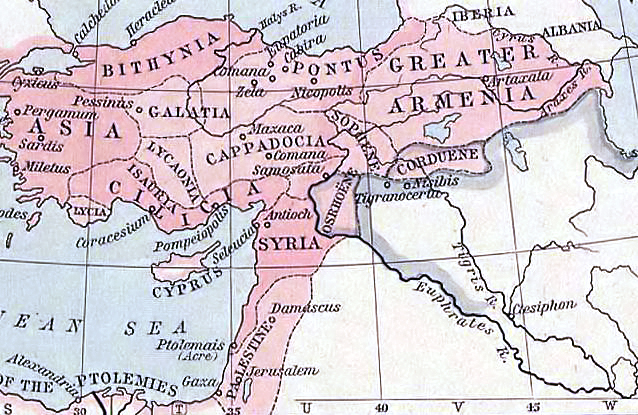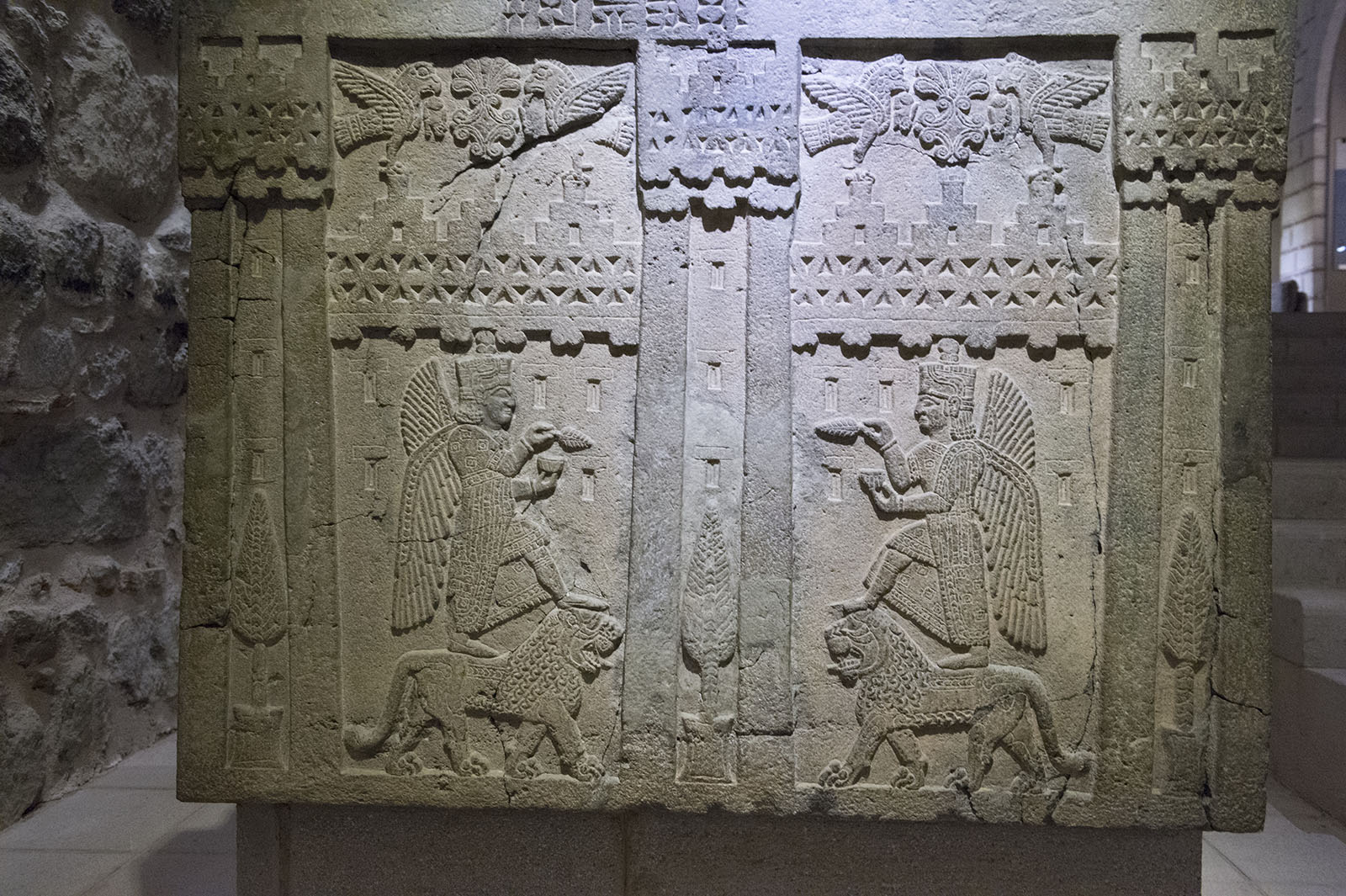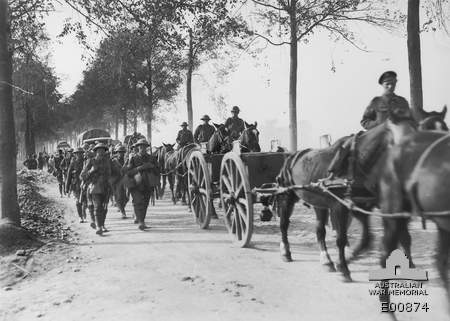|
Mehmet Arif Şenerim
Mehmet Arif Şenerim (1877–1951) was a Turkish military leader active during the Balkan Wars, the First World War, and the Turkish War of Independence. Mehmet Arif Şenerim was born in Boyabat in 1877, of the Çiloğullari family. His father was Çiloğlu İlyas and mother was Sara (Sahure). After completing his primary education in the Eyüp Military Primary School (1887–1891), in 1891 he enrolled with the Istanbul Soğuksu Military Junior High (1891–1894), then Kuleli Military High School in Istanbul. After graduating from Kuleli, he was admitted in 1894 to the Ottoman Military Academy in Istanbul, and graduated from this distinguished institution as a young infantry second lieutenant in on 5 January 1899. After his graduation, he was stationed in Merzifon with the Fourth Army 75th Reg. 4th Batt. 1st Comp. In 1907 he was promoted to the rank of first lieutenant and was posted with the Alaşehir Reg. 2nd Batt. 4th Comp., then with the 72nd Reg. 3rd Batt.2nd ... [...More Info...] [...Related Items...] OR: [Wikipedia] [Google] [Baidu] |
Mustafa Kemal Atatürk
Mustafa Kemal Atatürk ( 1881 – 10 November 1938) was a Turkish field marshal and revolutionary statesman who was the founding father of the Republic of Turkey, serving as its first President of Turkey, president from 1923 until Death and state funeral of Mustafa Kemal Atatürk, his death in 1938. He undertook sweeping Atatürk's reforms, reforms, which modernized Turkey into a secularism in Turkey, secular, industrializing nation. Ideologically a Secularism, secularist and Turkish nationalism, nationalist, Atatürk's reforms, his policies and socio-political theories became known as Kemalism. He came to prominence for his role in securing the Ottoman victory at the Battle of Gallipoli (1915) during World War I. Although not directly involved in the Armenian genocide, his government would later grant immunity to remaining perpetrators. Following the defeat of the Ottoman Empire after World War I, he led the Turkish National Movement, which resisted the Empire's partition ... [...More Info...] [...Related Items...] OR: [Wikipedia] [Google] [Baidu] |
Anatolia
Anatolia (), also known as Asia Minor, is a peninsula in West Asia that makes up the majority of the land area of Turkey. It is the westernmost protrusion of Asia and is geographically bounded by the Mediterranean Sea to the south, the Aegean Sea to the west, the Turkish Straits to the northwest, and the Black Sea to the north. The eastern and southeastern limits have been expanded either to the entirety of Asiatic Turkey or to an imprecise line from the Black Sea to the Gulf of Alexandretta. Topographically, the Sea of Marmara connects the Black Sea with the Aegean Sea through the Bosporus and the Dardanelles, and separates Anatolia from Thrace in Southeast Europe. During the Neolithic, Anatolia was an early centre for the development of farming after it originated in the adjacent Fertile Crescent. Beginning around 9,000 years ago, there was a major migration of Anatolian Neolithic Farmers into Neolithic Europe, Europe, with their descendants coming to dominate the continent a ... [...More Info...] [...Related Items...] OR: [Wikipedia] [Google] [Baidu] |
Midyat
Midyat (, , , ) is a municipality and district of Mardin Province, Turkey. Its area is 1,241 km2, and its population is 120,069 (2022). In the modern era, the town is populated by Kurds, Mhallami Arabs and Assyrians. The old Estel neighborhood is about 80 to 85% Kurdish-populated. it was originally a Syriac Christian town made up of mostly Syriac Orthodox, Catholics, and Protestants. The spoken language of Midyat was until recently modern Aramaic (Surayt) and the town has throughout history been considered the capital of the Tur Abdin region, the heartland of Syriac Christianity. History Assyrian tablets from 9th century BC refer to Midyat as '' Matiate''. During a campaign in 879 BC, the Assyrian king Assurnasirpal II and his army marched through the city, staying for two nights. His successor, the Assyrian king Shalmaneser III did the same in 845 BC. The tablets also described how Assurnasirpal II erected a monument in the city, which remains to be found. The archae ... [...More Info...] [...Related Items...] OR: [Wikipedia] [Google] [Baidu] |
Nusaybin
Nusaybin () is a municipality and district of Mardin Province, Turkey. Its area is 1,079 km2, and its population is 115,586 (2022). The city is populated by Kurds of different tribal affiliation. Nusaybin is separated from the larger Kurdish-majority city of Qamishli by the Syria–Turkey border. The city is at the foot of the Mount Izla escarpment at the southern edge of the Tur Abdin hills, standing on the banks of the Jaghjagh River (), the ancient Mygdonius (). The city existed in the Assyrian Empire and is recorded in Akkadian inscriptions as ''Naṣibīna''. Having been part of the Achaemenid Empire, in the Hellenistic period the settlement was re-founded as a ''polis'' named "Antioch on the Mygdonius" by the Seleucid dynasty after the conquests of Alexander the Great. A part of first the Roman Republic and then the Roman Empire, the city (; ) was mainly Syriac-speaking, and control of it was contested between the Kingdom of Armenia, the Romans, and the Part ... [...More Info...] [...Related Items...] OR: [Wikipedia] [Google] [Baidu] |
Rumy
Rumy ()M. Kaemmerer, Ortsnamenverzeichnis der Ortschaften jenseits von Oder u. Neiße, , is a village in the administrative district of Gmina Dźwierzuty, within Szczytno County, Warmian-Masurian Voivodeship, in northern Poland. It lies approximately north of Dźwierzuty, north of Szczytno, and east of the regional capital Olsztyn Olsztyn ( , ) is a city on the Łyna River in northern Poland. It is the capital of the Warmian-Masurian Voivodeship, and is a city with powiat rights, city with county rights. The population of the city was estimated at 169,793 residents Olsz .... During the period from 1938 to 1945, Nazi Germany used the name "Rumnau" for the village. References Villages in Szczytno County {{Szczytno-geo-stub ... [...More Info...] [...Related Items...] OR: [Wikipedia] [Google] [Baidu] |
Adilcevaz
Adilcevaz (; , ) is a town in Bitlis Province of Turkey. It is on the northern shore of Lake Van. It is the seat of Adilcevaz District.İlçe Belediyesi Turkey Civil Administration Departments Inventory. Retrieved 30 January 2023. The mayor is Abdullah Akbaba from the AKP, elected in the 31 May 2024 local elections. The famous Kef castle built by the lies near Adilcevaz. Monastery of the Miracles is 2.18 miles n ... [...More Info...] [...Related Items...] OR: [Wikipedia] [Google] [Baidu] |
Erciş
Erciş (; ; , historically , ''Arčeš'') is a municipality and district of Van Province, Turkey. Its area is 2,133 km2, and its population is 171,000 (2022). It is located at the northern end of Lake Van. History of Artchesh During Classical Antiquity, the town was known as Arsissa, and Archesh (Arčeš) in Armenian and Arjish in Arabic. The Byzantines knew it as Arzes (Ἂρζες or Ἀρζές) and the 10th-century emperor Constantine VII Porphyrogennetos wrote in his ''De administrando imperio'' (Chapter XLIV) that it was under the rule of the Kaysite emirate of Manzikert. This small district served as the capital city of a number of ruling states. It was the main center of the province of Turuberan as part of the ancient Kingdom of Armenia. The city changed hands on several occasions between the Arabs and the Byzantines, in the early Middle Ages. From the mid 1020s onwards Archesh was governed by the Byzantines. In 1054, it was captured and sacked by the Selj ... [...More Info...] [...Related Items...] OR: [Wikipedia] [Google] [Baidu] |
Ahlat
Ahlat (; ) is a town in Turkey's Bitlis Province in Eastern Anatolia Region. It is the seat of Ahlat District.İlçe Belediyesi , Turkey Civil Administration Departments Inventory. Retrieved 30 January 2023. The town had a population of 27,563 in 2021. The town of Ahlat is situated on the northwestern shore of . The mayor is Abdulalim Mümtaz Çoban ( AKP). History Ahlat, known by its Armenian name of Khlat or Chliat in the ancient and medieval period, was once a part of the district of[...More Info...] [...Related Items...] OR: [Wikipedia] [Google] [Baidu] |
Bitlis
Bitlis ( or ; ) is a city in southeastern Turkey. It is the seat of Bitlis District and Bitlis Province.İl Belediyesi Turkey Civil Administration Departments Inventory. Retrieved 30 January 2023. Its population is 53,023 (2021). The city is located at an elevation of 1,545 metres, 15 km from Lake Van, in the steep-sided valley of the Bitlis River, a tributary of the Tigris River, Tigris. The local economy is mainly based on agricultural products which include fruits, grain and tobacco. Industry is fairly limited, and deals mainly with leatherworking, manufacture of tobacco products as well as weaving and dyeing of coarse cloth. Bitlis is connected to other urban centres by road, including Tatvan on Lake Van, 25 km to the northeast, and the cities of Muş (Mush), 100 km northwest, and Di ... [...More Info...] [...Related Items...] OR: [Wikipedia] [Google] [Baidu] |
New Zealand Division
The New Zealand Division was an infantry division of the New Zealand Expeditionary Force raised for service in the First World War. It was formed in Egypt in early 1916 when the New Zealand and Australian Division was renamed after the detachment of its Australian personnel left the New Zealand Infantry Brigade, together with reinforcements from New Zealand, as the basis of the division. It was commanded by Major General Andrew Hamilton Russell for the duration of the war. The division saw service on the Western Front in France and Belgium, fighting in major battles at the Somme, Messines and Broodseinde Ridge throughout 1916 and 1917. All were notable successes for the New Zealanders but the division suffered a serious defeat at Passchendaele on 12 October 1917, its most costly day of the war. In early 1918, the division helped blunt the German spring offensive at the Somme, before the Allies went on the offensive in August. During the Hundred Days' Offensive that follow ... [...More Info...] [...Related Items...] OR: [Wikipedia] [Google] [Baidu] |
2nd Division (Australia)
The 2nd Division of the Australian Army, also known as the 2nd (Australian) Division, commands all the Australian Army Reserve, Reserve brigades in Australia. These are the 4th Brigade (Australia), 4th in Victoria and Tasmania, the 5th Brigade (Australia), 5th in New South Wales, the 11th Brigade (Australia), 11th in Queensland, the 13th Brigade (Australia), 13th in Western Australia, and the 8th Brigade (Australia), 8th spread across the country. The division is also responsible for the security of Australia's northern borders through its Regional Force Surveillance Units. The division was first formed in Egypt in July 1915 during World War I as part of the First Australian Imperial Force (1st AIF). The division took part in the Gallipoli campaign, arriving in the latter stages and then traversed to the Western Front (World War I), Western Front in France and Belgium where it had the distinction of taking part in the final ground action fought by Australian troops in the war. A ... [...More Info...] [...Related Items...] OR: [Wikipedia] [Google] [Baidu] |






